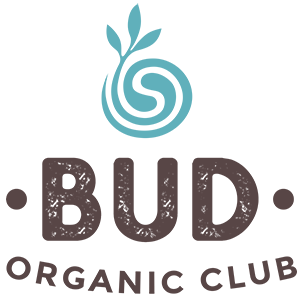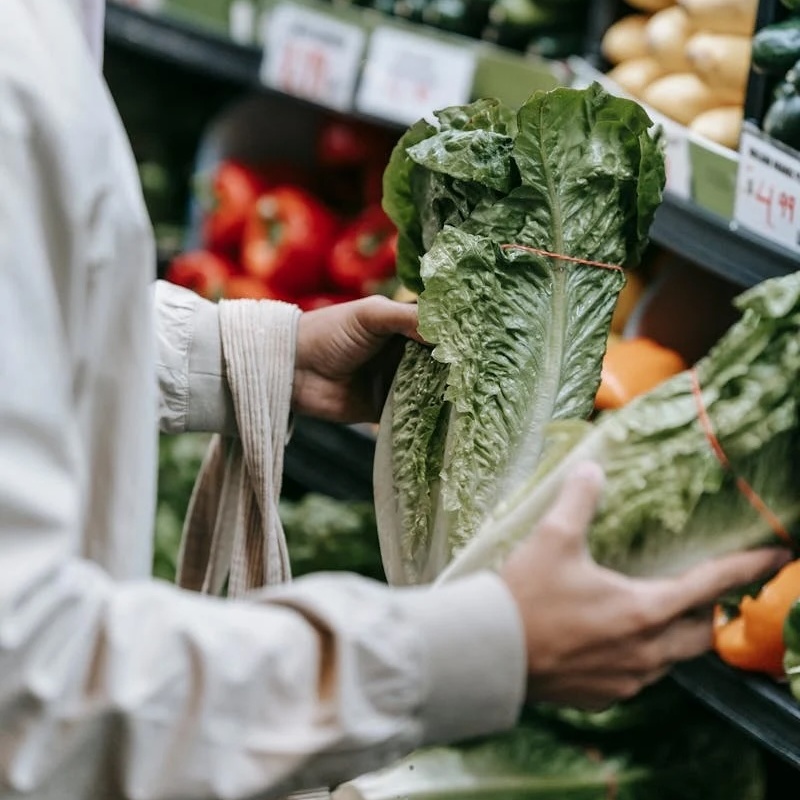There are many ways to introduce certified organic products into your home without making a big change to your weekly budget. As part of Australian Organic Awareness Month, we asked two prominent organic retailers to share their top tips with Australians seeking to make changes to their diets.
Karen Ward was named the 2024 Organic Woman of the Year at the Australian Organic Industry Awards. Her Sydney-based business, Honest to Goodness, has been operating for 22 years and was also a finalist for 2024 Brand of the Year, Business of the Year, and Retailer of the Year.
Paula Williams is from Santos Organics, winner of the 2024 Retailer of the Year Award. The not-for-profit business is a health food retailer, importer and wholesaler with an annual revenue of around $12 million. Santos Organics employs 70+ locals, runs three health food shops and supports local charities, farmers and suppliers in the Byron Shire of New South Wales.
How do we swap out conventional foods for organic?
Karen: Start by identifying the products you use most, such as pantry staples like oats, rice, flour and pasta. Each time you shop, replace two or three non-organic items with organic ones.
Buying in bulk is a great way to save. Re-purpose old glass jars to store your new bulk staples. Many stores offer bulk purchasing options, and some people also save money by buying in 5kg bags to store or share with friends and family.
Paula: Start with daily essentials. If you have cereal for breakfast, switch your cereal and milk or plant-based mylk to organic, and the same goes for breads, fruit and vegetables.
Buy in-season organic fruit and vegetables and avoid those known to have higher pesticide residues, such as apples, pears, grapes, strawberries, stone fruits, green beans, tomatoes, carrots and lettuce. You’ll be supporting organic farmers using sustainable, pesticide-free methods and drastically reducing your exposure to chemicals.
Should we try to buy fruit and vegetables in season, rather than all year round?
Karen: Yes. Buying seasonally works with the natural rhythms of the seasons and soil, and the food is often fresher, tastier, and more nutritious because it’s harvested at its peak. Seasonal produce is also more affordable when there’s an abundance of it.
Products like organic dried fruits and frozen vegetables are available year-round and are great options for eating out of season. Personally, I love going to local organic produce markets for my family. You get to meet the growers themselves and connect with people in your community.
Paula: Absolutely! Buying fresh in season has so many benefits for our physical health as well as the environment. When we eat in season, we get more nutrients from our food and the right nutrients for optimal health for the time of year. For example, pumpkins are prolific in autumn and winter and full of beta-carotene and vitamin C, and the seeds are high in zinc, which supports healthy immune function and protects us from winter bugs.
If you’re lucky enough to have a local farmers’ market or independent grocer who sells locally grown produce, you can access produce that has low food miles, is fresher, tastier and more nutrient-dense.
How do you make organic food go further?
Karen: With a busy family of six at home, making food go the distance involves smart planning and avoiding waste. My top tips are:
- plan meals and write shopping lists to avoid impulse purchases and buying more than you need
- bulk buy staples that can be stored, like grains and legumes
- preserve surplus – freeze, dry or sauce foods like berries or tomatoes
- re-purpose creatively, by turning roast vegetables into soups or casseroles and fruit that’s past its prime into smoothies, stewed desserts or baking.
Paula: If you’re buying in season and locally, you’re more likely to get a good price. To maximise value, try weekly meal planning and identify uses for your food. Celery, for example – will you use it for salads, juicing, savoury meals? Can you use the leaves to make stock? Ripe avocados can be blended with lemon juice and frozen in glass containers and defrost very well. Use overripe bananas in smoothies, cakes and muffins. Make your own tomato sauce when tomatoes are in abundance or pesto with a big bunch of basil. Dehydrating, freezing, pickling or fermenting and making sauces or jams saves a lot of money, because then you don’t have to spend extra money on these value-added products.
How can we check it’s certified organic?
Karen: Look for a recognised certification logo. The most prominent is the Australian Certified Organic (ACO) logo – a green bud. This is proof the product has been independently verified and meets high organic standards.
Some growers are in the process of converting to certified organic status, which can take three years or more. Their logo is the green bud with lines through it and ‘in conversion’ underneath. Supporting these growers is a great way to help them transition to organic farming.
Paula: Look for logos (there are a few different types) that have the words ‘certified organic’ or ‘Certified Organic In Conversion’. If you’re buying fresh produce from a farmers’ market or independent grocery store, you can ask the farmer or shop assistant to verify that the produce is certified organic. If you know the grower’s name and certifying body, you can also check on the certifier’s website to make sure they are listed on their register.
Should you share organic deals with friends when you see them?
Karen: Absolutely! Sharing organic deals with friends and family can benefit everyone. Some of our customers have created a network or groups where members post tips, deals, and experiences with organic products.
This not only fosters a sense of community but also spreads awareness about living sustainably. Social media platforms, local groups and community bulletin boards are great places to share.
Paula: Of course! It’s great to help friends who are interested in organics find a great deal. It can also be a way to get friends who may not always buy organic to put it front of mind again for personal and planetary health.
Are there other ways you can apply organic principles at home?
Karen: Definitely. We have a small vegetable garden at home where we grow a selection of organic vegetables and herbs that we use frequently. We compost our kitchen and garden waste, turning it into nutrient-rich soil, and have a worm farm which produces excellent fertiliser. And we collect rainwater for irrigation.
Paula: There are so many ways. Home composting or feeding a worm farm can be really satisfying. You not only prevent food waste going to landfill (where it produces methane contributing to climate change), but can produce the most nutritious food for your garden. If you don’t have much space for a vege garden, you can grow herbs or small food plants like tomatoes or kale in pots so you can enjoy picking food fresh and eating organically.
More information:
If you would like to know more about purchasing certified organic products through Santos Organics and Honest to Goodness, please visit their websites.


